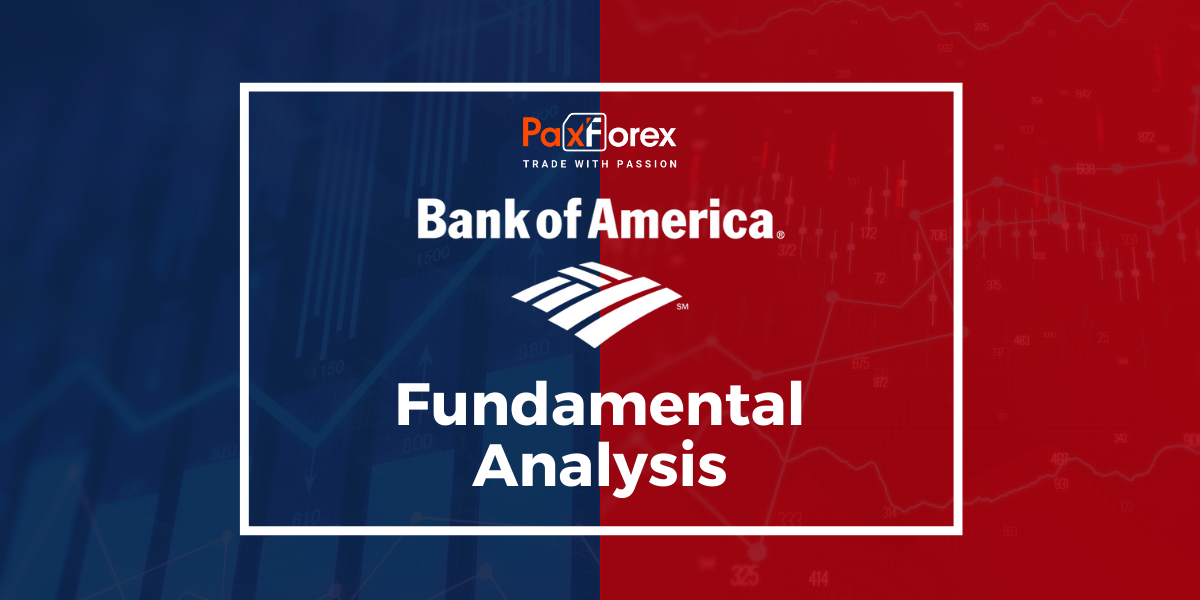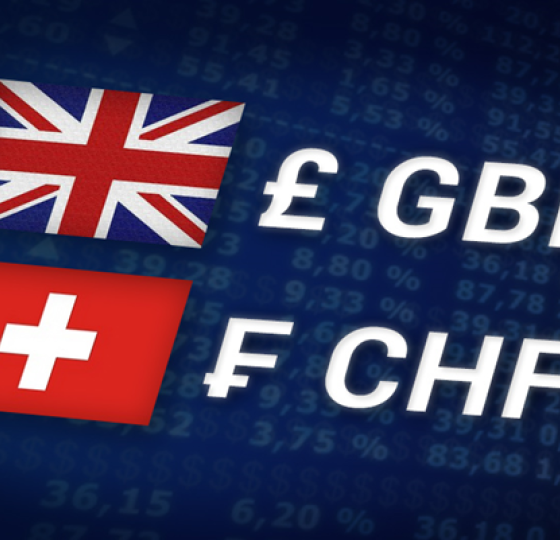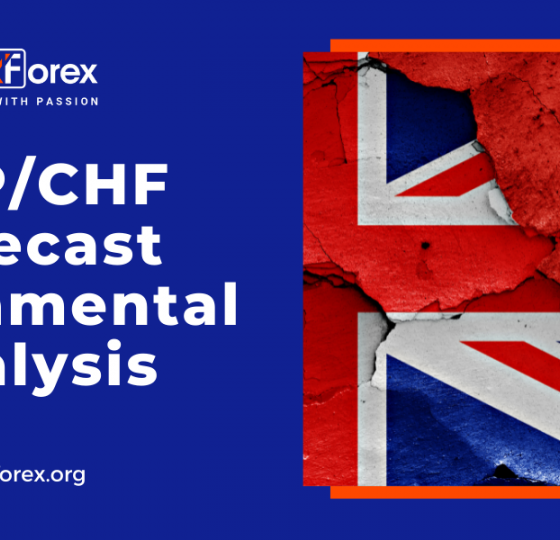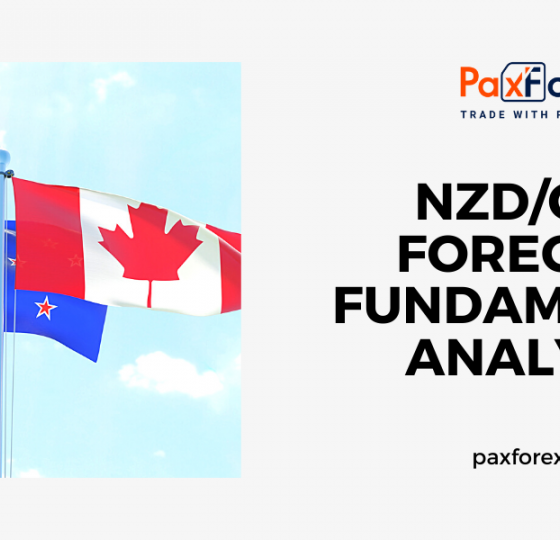
Source: PaxForex Premium Analytics Portal, Fundamental Insight
Undoubtedly, the banking sector stands out as one of the most economically sensitive domains in stock trading. Banks hold a central role in economic activity by providing capital for various projects and mortgages, while also accumulating deposits as the economy expands. Consequently, when economic conditions shift, whether for better or worse, banks are among the first stocks to experience the repercussions.
In light of the economic turbulence observed in recent years, accurately gauging the trajectory of the economy has become increasingly challenging. At the outset of this year, the prevailing consensus leaned toward a clear downturn. However, a notable statement was made by one of the country's leading bankers recently. During his address at the Economic Club of New York last week, Brian Moynihan, the CEO of Bank of America, made a candid prediction: "We won't have a recession."
Further elaborating, he conveyed to the audience, "Our strategists are indicating 'no recession,' but rather a period of very slow growth. This essentially amounts to a soft landing, according to the definition."
While Brian Moynihan's remarks may not be an unequivocal endorsement of a robust economic recovery, they do represent some of the most optimistic comments we've heard recently from a prominent financial figure. For example, Jamie Dimon, CEO of JPMorgan Chase, recently cautioned against expecting the U.S. economy's resilience to persist over the long term.
Furthermore, Federal Reserve Chair Jerome Powell, while not explicitly projecting a soft landing, did not dismiss the possibility following the recent interest-rate decision. The Fed's own forecasts indicate a positive outlook for GDP, signaling that a recession, defined by some as two consecutive quarters of negative growth, is not on the horizon. The median GDP forecast currently anticipates 2.1% growth this year, 1.5% growth next year, and 1.8% growth in 2025 and beyond.
Moreover, the latest report on personal consumption expenditures (PCE), which serves as the Fed's preferred measure of inflation, should help alleviate concerns regarding rising rates and a looming recession. Core PCE dropped to 3.9% year-over-year in August from 4.3% in July.
Moynihan's positive assessment, particularly his statement about the robust credit quality of the bank's commercial customers, reflects favorably on Bank of America's position. Consequently, it's only natural to wonder: Is Bank of America stock a compelling investment opportunity at this moment?
Although we'll need to wait a few more weeks for an official update on Bank of America's third-quarter performance, there are some key indicators we can use to gauge the company's recent performance.
During an industry conference on September 20, CFO Alastair Borthwick indicated that the company was maintaining its target of $14.2 billion to $14.3 billion in net interest income for the third quarter, mirroring the second-quarter result.
Borthwick also painted a positive picture of the company's business, describing the consumer side as "terrific." He highlighted that Bank of America had the lowest credit losses among banks in 11 of the last 12 Federal Reserve stress tests, a testament to the bank's management and its customer base.
Furthermore, the bank raised its quarterly dividend by 9% in July, demonstrating confidence in its ability to navigate macroeconomic challenges. With a current dividend yield of 3.5%, it presents an attractive income opportunity.
The second-quarter results were robust, with earnings per share surging by 21% to $0.88, and the economy remained relatively stable from the second to the third quarter. Notably, the company's reduced projection of a recession should lead to a moderation in its loan loss reserves, which had reached $1.1 billion in the second quarter. Incorporating this improved forecast should enhance the bank's delinquency models, ultimately boosting profitability.
Lastly, Bank of America's stock is attractively priced, trading at a price-to-earnings (P/E) ratio of just 7.9. As depicted in the chart below, this valuation is cheaper than at any point in the past decade, with the exception of a brief dip during the onset of the pandemic.
While the lower earnings multiple may suggest an impending recession, if one fails to materialize, Bank of America's stock could potentially trade at a significantly higher multiple in the coming year.
If you align with Moynihan's view that a recession is no longer a looming threat, Bank of America's stock appears to present an appealing opportunity at its current price point.
As long as the price is above 112.00, follow the recommendations below::
- Time frame: D1
- Recommendation: long position
- Entry point: 115.50
- Take Profit 1: 120.00
- Take Profit 2: 125.00
Alternative scenario:
If the 112.00 level is broken-down, follow the recommendations below:
- Time frame: D1
- Recommendation: short position
- Entry point: 112.00
- Take Profit 1: 109.00
- Take Profit 2: 105.00













